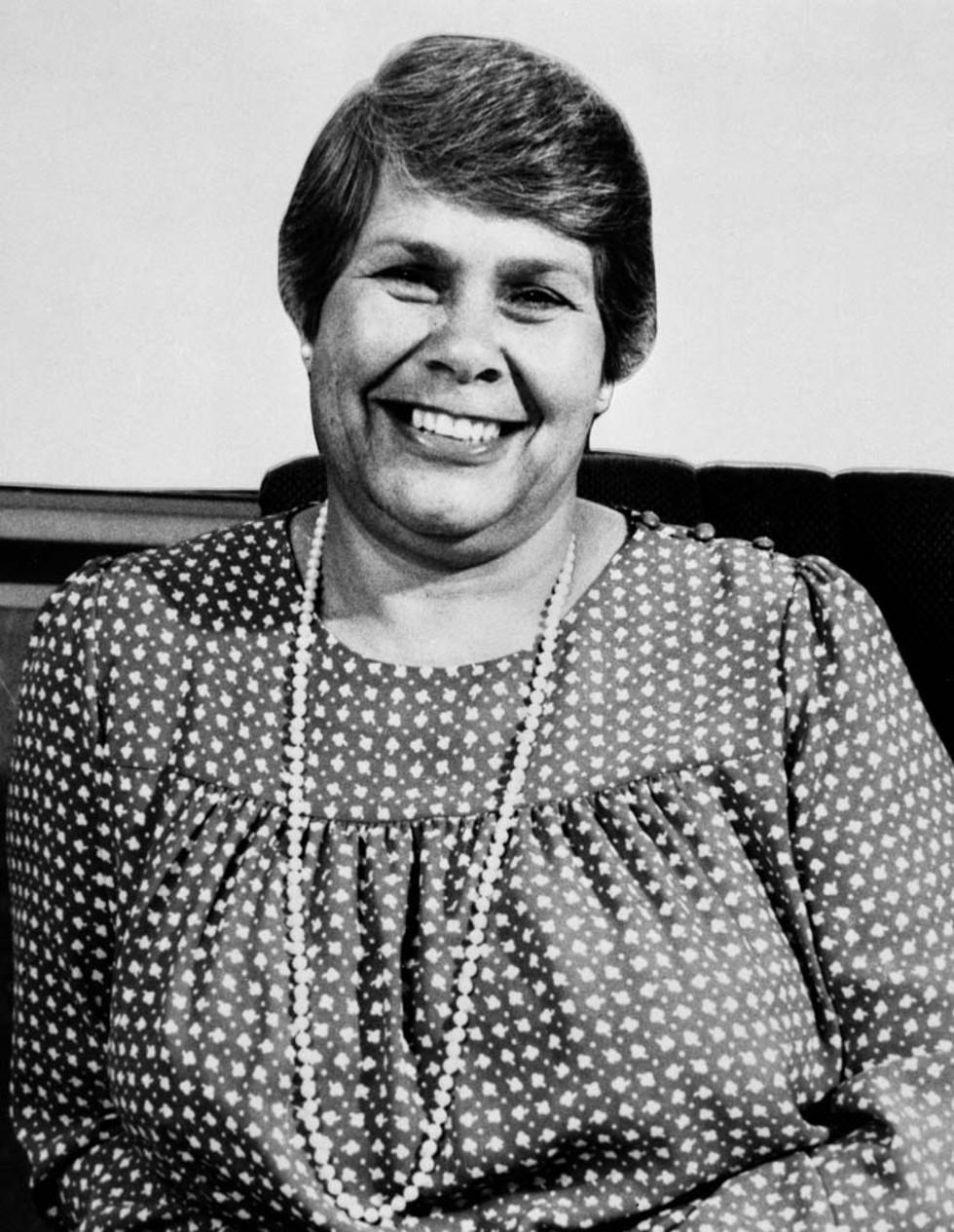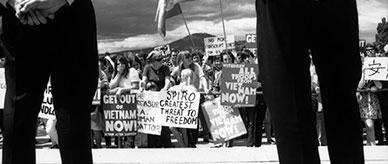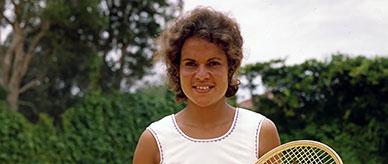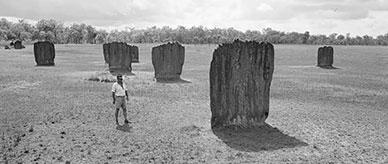


About this record
This black-and-white photograph shows a prominent Indigenous Australian, Lowitja ‘Lois’ O'Donoghue. She is shown in close-up, seated and smiling at the camera. It is probable that the photograph was taken to celebrate her Australian of the Year Award.
Educational value
- In 1985 when this photograph was taken Pitjantjatjara woman Lowitja O'Donoghue (1932–) already had a long history of campaigning for Indigenous rights, beginning in 1954 when she joined the Aborigines Advancement League. From 1970 to 1972 she was part of the Aboriginal Legal Rights Movement and in 1975 she became a regional director of the federal Department of Aboriginal Affairs. In 1977 she became Chairperson of the National Aboriginal Conference.
- In 1984 O'Donoghue was named Australian of the Year in recognition of her work and personal contribution in bridging the gap between Indigenous and non-Indigenous Australians. In 1990 she became the founding Chairperson of the Aboriginal and Torres Strait Islander Commission (ATSIC). She continues to work on Indigenous human rights issues, including health, housing, community development and land rights.
- O'Donoghue's personal struggle against racism has shaped her life. In 1934, when she was 2 years old, missionaries acting on behalf of the Aboriginal Protection Board took O’Donoghue from her mother's camp at Indulkana in South Australia and placed her in a mission home. There she was renamed ‘Lois’ and forbidden to speak her own language. O’Donoghue did not see her mother again for 33 years. In a 2001 media release, O’Donoghue said, ‘I know that my Aboriginal mother would have had no legal recourse, nor any moral support, in resisting our removal … her grief was unbearable’.
- As a young woman O’Donoghue had to fight the Royal Adelaide Hospital to gain admission as a trainee nurse – at the time the hospital had a policy of not accepting Aboriginal nurses. As a trainee O’Donoghue worked hard to overcome the negative expectations of staff and went on to become the hospital’s first Aboriginal nurse. The experience provided the opportunity to meet Aboriginal rights activists and led to a lifetime commitment to Indigenous politics.
- O'Donoghue has received numerous awards in recognition of her achievements. In 1998 she was named a National Living Treasure and awarded a Companion of the Order of Australia (AO) in 1999. In 1998 she was also made an Honorary Fellow of the Royal Australian College of Physicians (1998) and the Royal College of Nursing. She holds Honorary Doctorates from five Australian universities.
- O’Donoghue’s courage to speak out and her ability to work with people from all sides of the political spectrum have helped raise awareness of the needs of Indigenous Australians and the importance of reconciliation. She has expressed the view that both Indigenous and non-Indigenous people now inhabit the country and that differences must be resolved if people are to live together as Australians.
Acknowledgments
Learning resource text © Education Services Australia Limited and the National Archives of Australia 2010.
Related themes
Need help with your research?
Learn how to interpret primary sources, use our collection and more.



